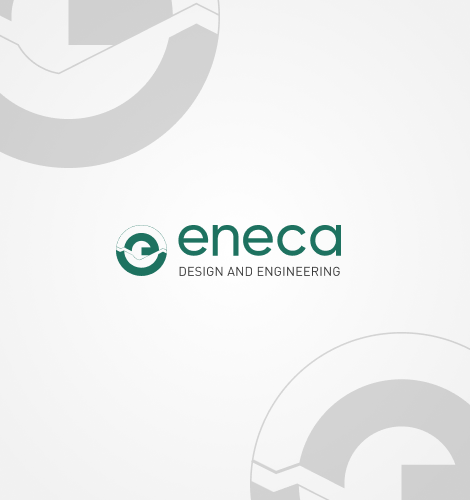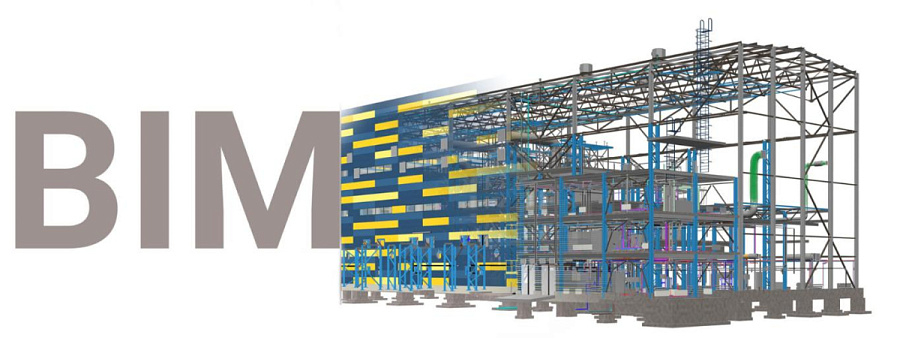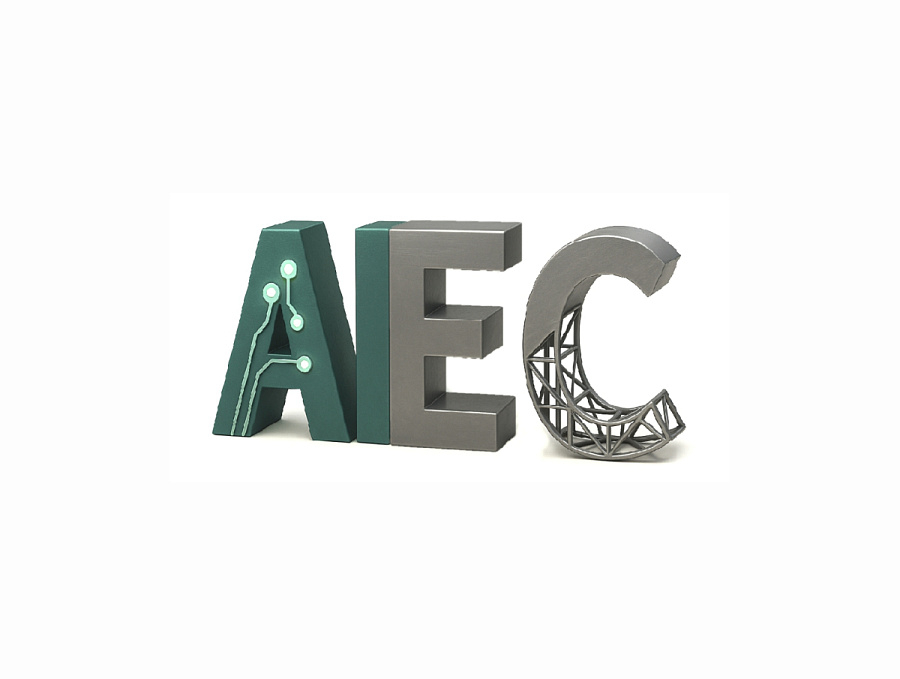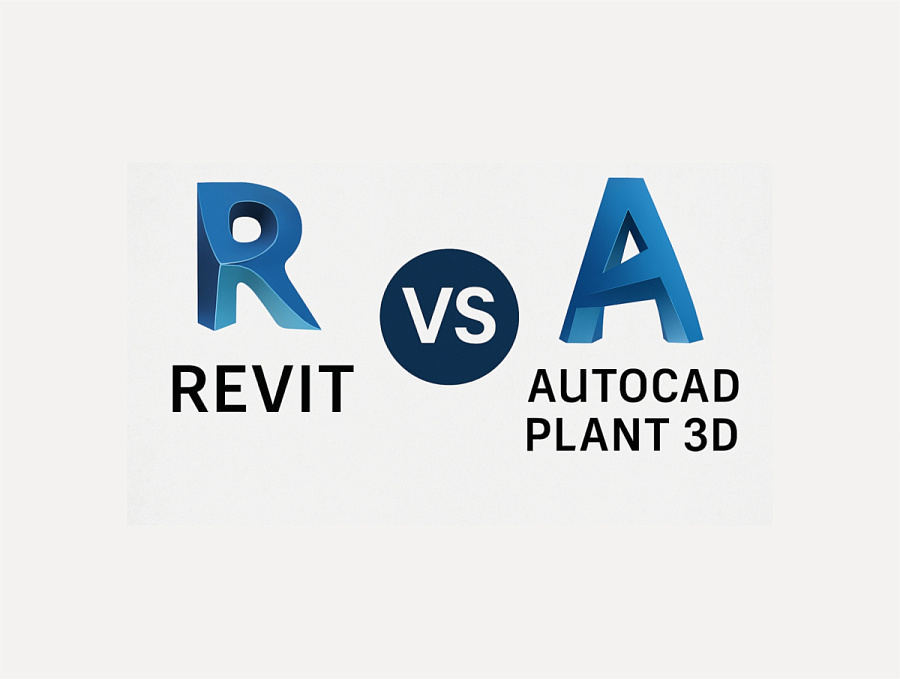Advantages of BIM: Unlock Cost Savings & Efficiency
Cost Savings Through Effective BIM Implementation
Building Information Modeling (BIM) has rapidly transformed the construction industry, providing numerous advantages that lead to significant cost savings.
If you are a project manager, contractor, architect, or engineer, knowing the benefits of BIM modeling can improve teamwork and efficiency during all stages of construction.
In this article, we will explore how effective BIM implementation can lead to cost savings and improve project outcomes. 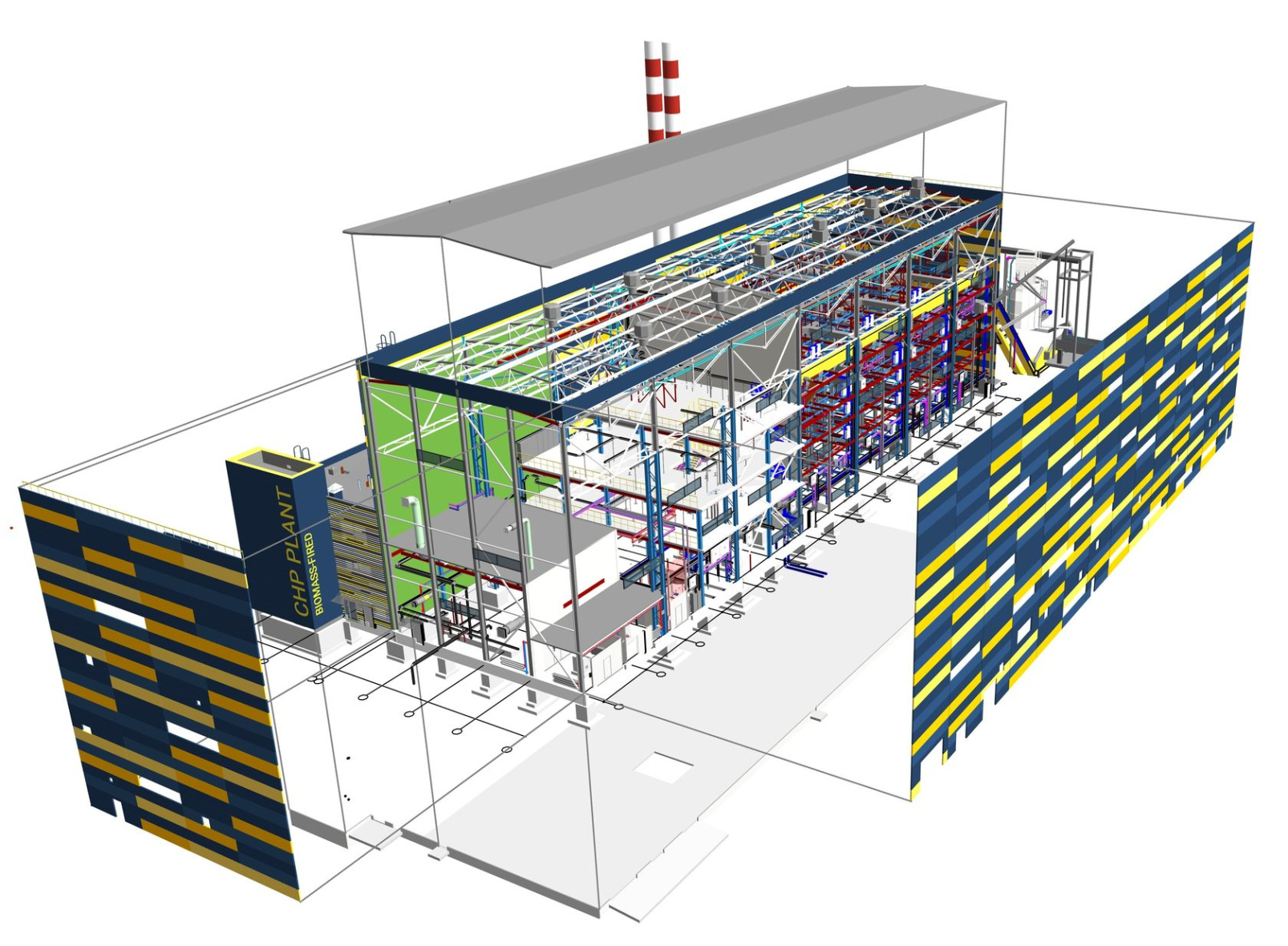
BIM, or Building Information Modeling, is a digital representation of the physical and functional characteristics of a facility. It serves as a shared knowledge resource, forming a reliable basis for decision-making throughout the project's lifecycle—from inception to demolition. By utilizing BIM, stakeholders can visualize and simulate real-world scenarios, allowing for better project planning and execution.
Benefits of BIM Modeling
One of the most significant advantages of using BIM is improved collaboration. BIM provides a platform where architects, engineers, contractors, and owners can work together in real-time. This collaborative environment reduces
MisunderstandingsMisunderstandings are situations where people fail to accurately comprehend what others are saying or intending. These situations can arise in both verbal and non-verbal communication and may lead to confusion or conflicts. Misunderstandings are common and can occur in any type of relationship, whether personal or professional. Recognizing and addressing misunderstandings early can help avoid further issues and improve communication and miscommunications, which are common causes of project delays and cost overruns.
With BIM, stakeholders can visualize the entire project before construction begins. This visualization helps in identifying potential issues early in the design phase, thus avoiding costly changes during construction. By having a clear picture of the project, teams can make informed decisions that contribute to cost savings.
Advantages of BIM in Construction
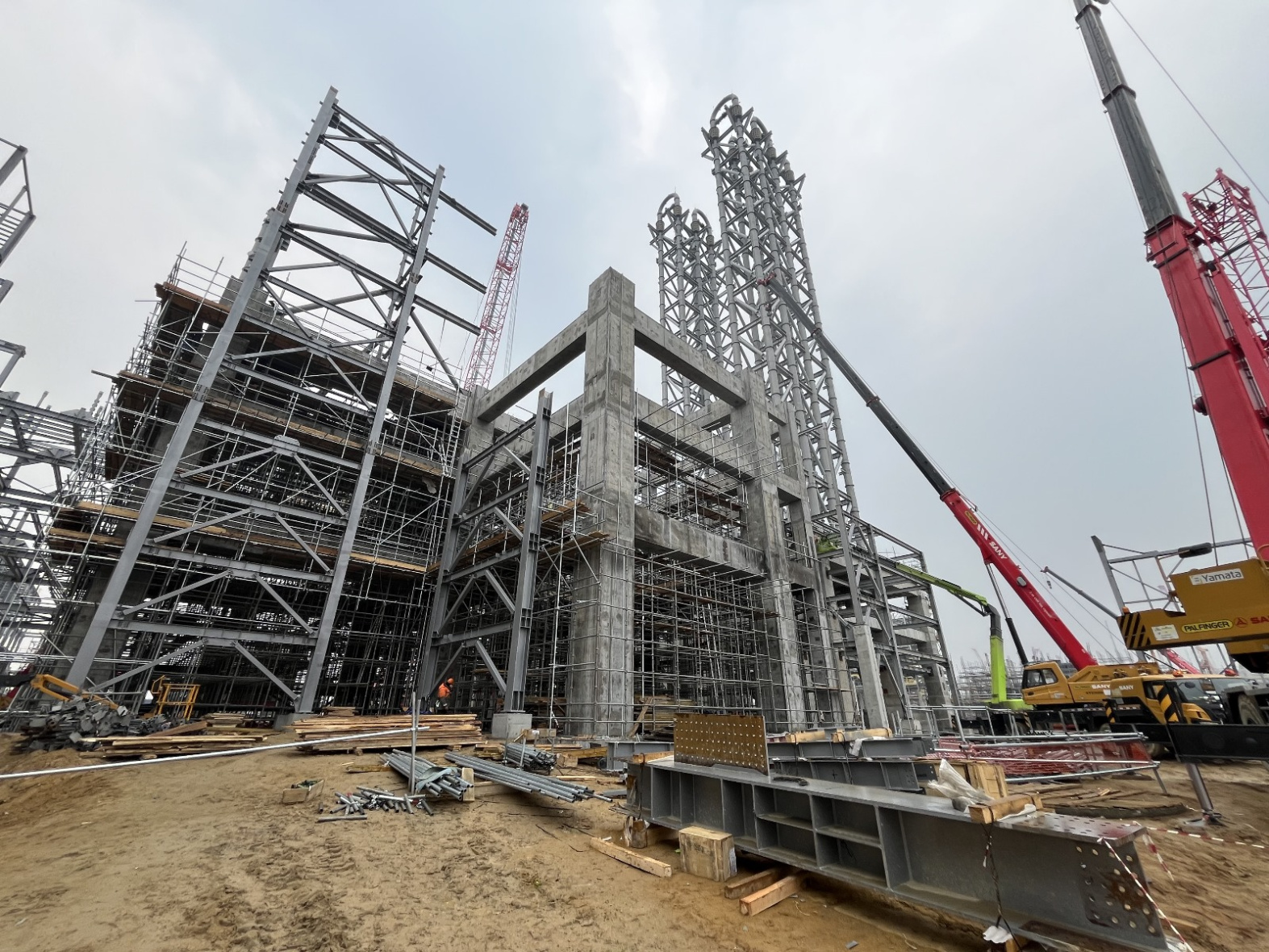 Reduced Rework and Errors
Reduced Rework and Errors
Errors in construction can be costly, leading to rework and delays. BIM helps minimize these errors by providing detailed information and simulations that help identify issues before they arise on-site. By reducing rework, BIM contributes directly to cost savings and improved project timelines.
BIM enables precise resource planning by providing accurate data on materials, labor, and equipment needed for the project. This precise planning ensures that resources are used efficiently, reducing waste and lowering overall project costs.
BIM and Cost Savings
BIM project management allows for better scheduling and tracking of project milestones. With BIM, project managers can monitor progress in real-time, ensuring that projects stay on schedule and within budget. This streamlined management process reduces the likelihood of unexpected expenses.
BIM facilitates lifecycle cost analysis by providing comprehensive data on maintenance, operation, and demolition costs. By understanding these costs early in the planning phase, stakeholders can make decisions that optimize the building's entire lifecycle, leading to long-term cost savings.
BIM Productivity and Efficiency
Increased Productivity
BIM increases productivity by enabling teams to work more efficiently. With access to up-to-date information and tools for collaboration, teams can focus on executing tasks rather than resolving issues. This increased productivity translates to faster project completion and reduced labor costs.
Automated ProcessesBIM automates many processes, such as clash detection and quantity takeoffs, that traditionally required manual intervention. Automation reduces the time spent on these tasks and decreases the likelihood of human error, leading to cost savings and improved accuracy.
Real-World Examples of BIM Benefits
In a large-scale infrastructure project, BIM was used to manage complex design and construction processes. The use of BIM led to a 20% reduction in project costs by improving coordination among the design and construction teams and minimizing rework.
A commercial building developer implemented BIM to enhance project visualization and stakeholder communication. As a result, they achieved a 15% savings in construction costs by identifying design inefficiencies early and optimizing resource allocation.
Challenges and Considerations
While BIM offers numerous advantages, it also presents some challenges. Initial implementation costs, the need for staff training, and the adaptation of existing workflows are considerations that must be addressed. However, the long-term benefits and cost savings often outweigh these initial challenges.
Conclusion
The advantages of BIM in construction are undeniable, offering significant cost savings through improved collaboration, reduced errors, efficient resource management, and enhanced project visualization. By effectively implementing BIM, stakeholders can optimize project outcomes and achieve substantial financial benefits. As the construction industry continues to evolve, embracing BIM will be essential for staying competitive and maximizing project success.
Our BIM Projects

